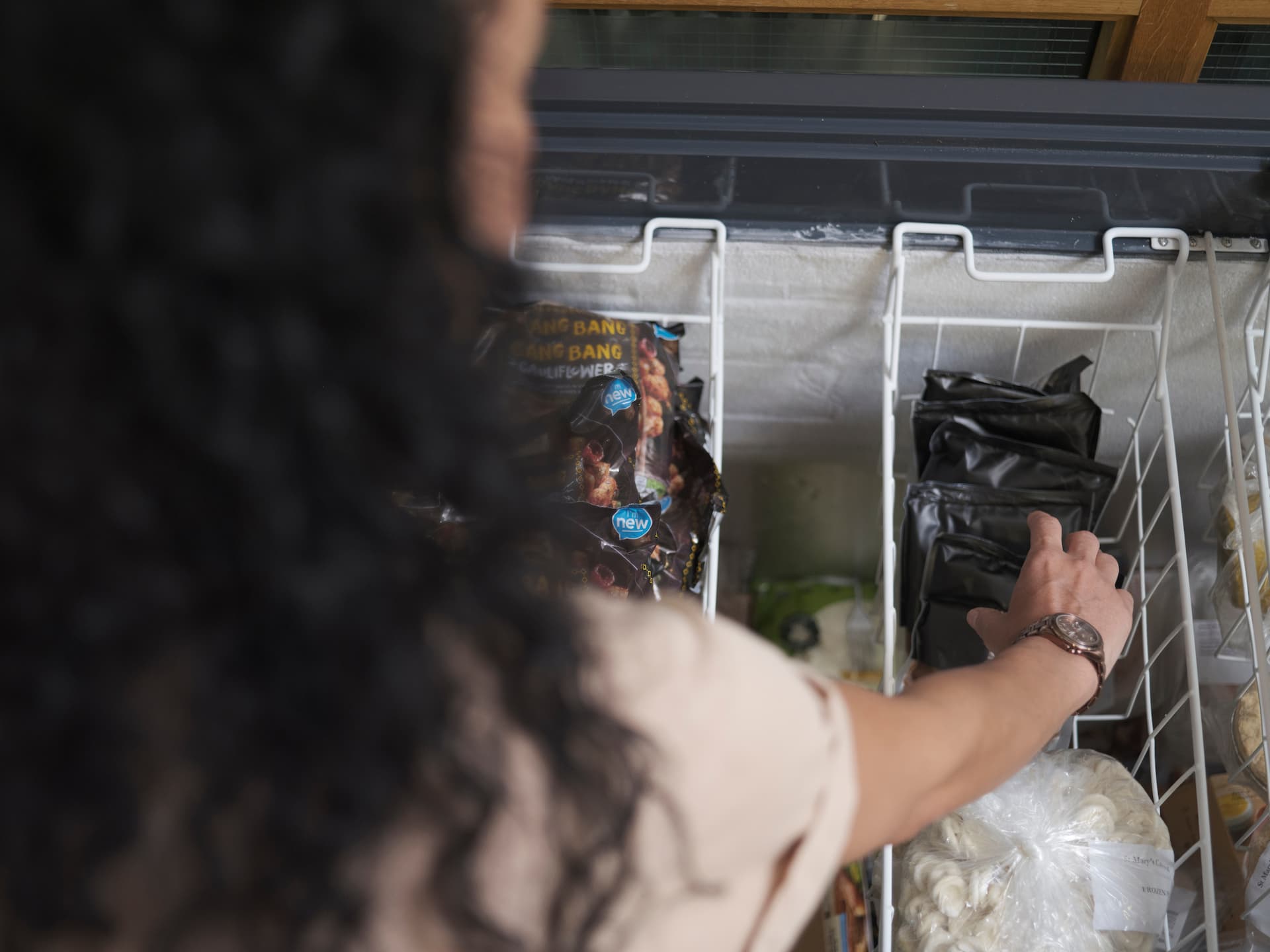We all want our frozen foods to last as long as possible without developing freezer burn. An organized freezer makes it easy to find what you’re looking for when you need it. It also saves you money by preventing food from getting lost in the back and going bad before it gets used. Here are some clever ideas and tips to help you maximize space and keep food items fresh in your freezer:
1. Label Everything
Take some time to properly label all your freezer bags, containers, and boxes. Write the contents clearly along with the date it was frozen. This simple step makes sorting and identifying items a breeze. No more digging around trying to remember what’s in that non-descript bag or box at the back! Labels also help you identify foods that have been in the freezer too long and need to be used up soon. Consider using a permanent marker and placing labels directly on bags and containers or use labeled freezer tape.
2. Make It a FIFO System
FIFO stands for “first in, first out” – a standard practice for rotating stock in grocery stores and commercial kitchens. Apply this to your home freezer by always placing new items at the back and pulling older items forward to be used first. This prevents things from getting lost at the back of the freezer and helps ensure food is consumed before it has a chance to get freezer burnt. Rotate your freezer contents about once a month to keep the FIFO flow going.
3. Use Clear Containers
You can maximize your freezer space using clear containers designed specifically for the freezer. They allow you easily see what’s inside without having to open them. You can also try reusable freezer bags, which mold neatly to the shape of food inside. Glass containers or mason jars also work well for soups, stews and sauces. Just be sure to leave headspace for expansion.
4. Organize by Type
Group like items together – meats in one area, veggies in another, breads and baked goods elsewhere. This makes it easy to locate specific foods quickly. Consider dividing main sections of your freezer using shelf dividers or drawers. Label the sections clearly so everything has a designated spot. Out of sight food packaging also helps utilize every inch of space.
5. Maximize Vertical Space
Freezer space is a valuable commodity, especially in smaller appliances. While shelves allow storage on a single horizontal plane, you can boost your capacity significantly by thinking vertically as well.
One way to gain additional vertical layers is through the use of adjustable freezer shelves. These flexible shelves slide into tracks to create customizable height levels. This lets you stack items vertically above and below the shelf plane. Boxes, containers and bags can all be tiered for dense, multilayer storage.
For narrow, flat items like bread bags or pizza boxes, stand them upright along the freezer walls. This vertical orientation takes advantage of wall space that would otherwise be unused. Pop them in corners or squeeze between shelf edges. Rolled items like bread or tortillas can stand tall like a roll of paper towels for space-saving bonuses.
6. Create a Freezer Inventory
In addition to labeling and organizing, taking a freezer inventory is a great way to keep track of what you have stocked and what needs to be used up soon. An inventory ensures nothing gets forgotten or overlooked at the back of the freezer. It also helps when meal planning and grocery shopping.
7. Clean Your Freezer Regularly
Just like any appliance, freezers need periodic cleaning to stay hygienic and function properly. Neglecting this chore can compromise food safety and impair cooling efficiency over time. Make freezer cleaning part of your routine maintenance schedule.
Conclusion
Keeping your freezer organized is essential for maintaining food quality, preventing freezer burn, and making it easy to find what you’re looking for. By following the tips and ideas outlined in this blog post, you can maximize space, keep food items fresh, and reduce food waste.
